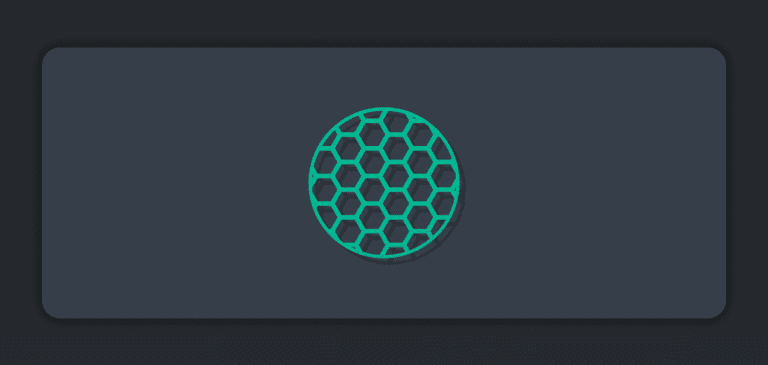In 2018, Solace experts were among the thousands of CIOs and senior IT executives that came together in Orlando at the 2018 Gartner Symposium/ITxpo. Industry leaders gathered to discuss key topics, network, and to identify new technologies that could help power their digital transformation projects. Event-driven computing and event-driven architecture were hot topics at the event.
In 2020 and now 2021, event-driven architecture is still a hot topic. Gartner identified it as a top tech trend for 2018 and in 2020 it was still seen as a key technology enabler for digital transformation.
Below you will find a video of a presentation that Solace CTO Shawn McAllister gave at the 2018 Gartner Symposium. It is still relevant today and talks about how modern enterprises are turning towards event-driven architecture to advance their businesses. Watch Event Mesh: The Architecture Layer That Will Make Your Business Event-Driven below:

McAllister positions event mesh as complementary to service mesh, but more suitable for modern applications that need to communicate in an asynchronous, publish-subscribe manner (as opposed to synchronous, point-to-point communication over REST/HTTP).
He also describes how an event mesh can be deployed across public, private and multi-cloud environments to provide a single, unified communications layer for efficient event distribution across distributed enterprises.
RBC Event Mesh in Action
A real-world example of an event mesh in action was provided by Joshua Carroll, Managing Director, Head of Architecture, RBC Capital Markets. Carroll joined McAllister on stage mid-way through the presentation and provided a glimpse into RBC Capital Market’s digital transformation journey with Solace, sharing his team’s experience rolling out an event mesh before the concept even had a name.
Through their 10+ year journey with Solace, RBC Capital Markets has been using our messaging technology to process immense amounts of data, said Carroll. Although the slides behind him said the number of messages processed by Solace for RBC was 60 billion/day, Carroll said the rate far surpassed that just a few days before he presented. Due to market volatility the week before, RBC actually “eclipsed that number by processing 67 billion messages”. As recently as March 2020, the number of messages daily has reached the 90 billion mark.
“90 billion messages a day. That’s over 1 million messages a second, 24 hours a day. That’s huge volume, and we do all that completely seamlessly without any data loss.”
50 appliances, 6 geographies
Carroll said a lot of people aren’t aware of how big RBC really is, but they have 50 Solace appliances deployed across different countries. Sydney, Hong Kong, Tokyo, London, New York, and Toronto are a few of the major sites and places where RBC has Solace support.
From 2pm EST every Sunday afternoon until 10pm every Friday night, the bank constantly has messages that are flown between six geographies in real-time throughout the day.
“For those five and a half days, 24 hours a day, we can’t afford to have any issues or problems on our data flow,” said Carroll.
“The underlying technology we’re using for all of this is Solace.”
The bank came across Solace in 2010 when it was looking for alternatives to their previous messaging solutions.
“We wanted to get away from incumbent vendors like TIBCO RV, TIBCO EMS, and IBM MQ. We had all of these different messaging systems, and I was deploying them across hundreds and hundreds of servers,” said Carroll. “Every time I needed to make a change to that environment… it was very difficult to do it in a way that didn’t cause some form of disruption.”
A company as large as RBC Capital Markets can’t afford to make any mistakes, and the lack of downtime Solace offers held significant appeal, said Carroll.
“It’s as simple as just permissioning the access control for an application to come online so I can roll out a new application in the middle of the week, and I don’t have to restart anything,” he said.
8 Years and Growing
Carroll said that he’s appreciated the restriction of unnecessary data flow over the bank’s eight years with Solace. The technology rules out the need for things like River Bed Technologies that compress data and WAN optimizers, because Solace appliances do that out-of-the-box.
“All of that data flow is only on-command if requested, if someone published something in Sydney and no one in New York cares about it, then the data doesn’t flow over the network. If it does flow over the network, it’s compressed from appliance to appliance.”
After eight years of working together, what’s next for RBC and Solace? Carroll said that the bank is still very much an on-premises architecture, and that won’t be changing anytime soon. However, they are taking steps to move forward.
“We are definitely working on how we enable the cloud, not just for our own internal stuff for cost efficiencies around running infrastructure, but how we share those messages out to external users.”
Carroll uses the example of RBC’s FX Trading Platform, where it is complex to share data with clients. If cloud is enabled and Solace is used as the messaging backbone, Carroll said it would eliminate the need to build against any specific one of the public cloud messaging proprietary formats, and that the bank is in the process of building this out over the next year.
“We have some legacy applications that we have no intentions of trying to migrate—the cost is too high and the plan for them is to be decommissioned down the road. So instead of trying to rebuild those applications, we just bridge the data onto our Solace platform.”
Carroll’s glimpse into RBC’s real-life deployment of an event mesh—and what a network of interconnected advanced event brokers looks like when deployed inside of a large company—has the potential to light the way for the many other enterprises whose digital transformation will in some way rely on an event mesh.
Explore other posts from category: Financial Services

 Anita Brown
Anita Brown






